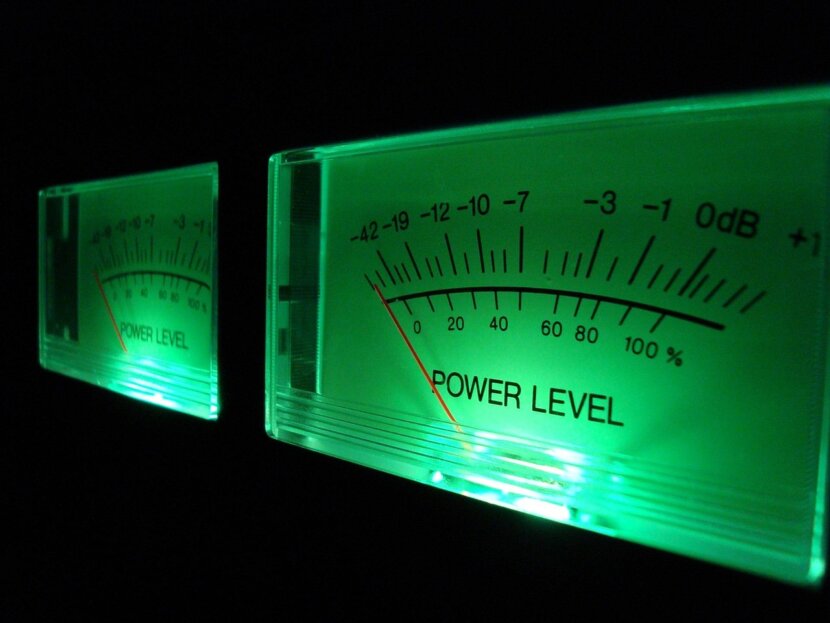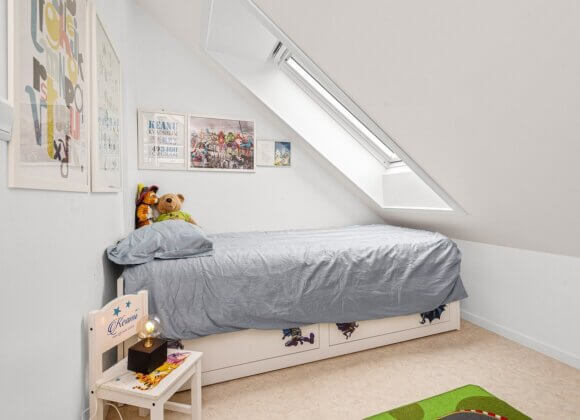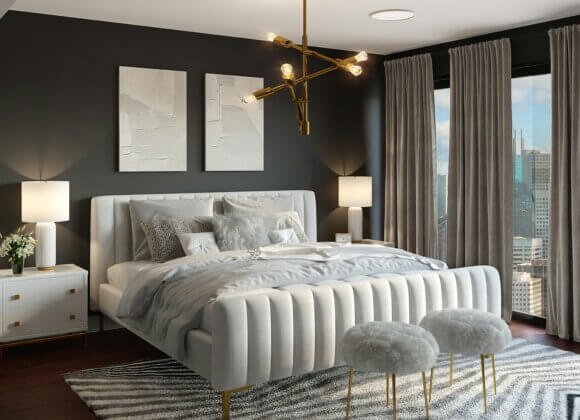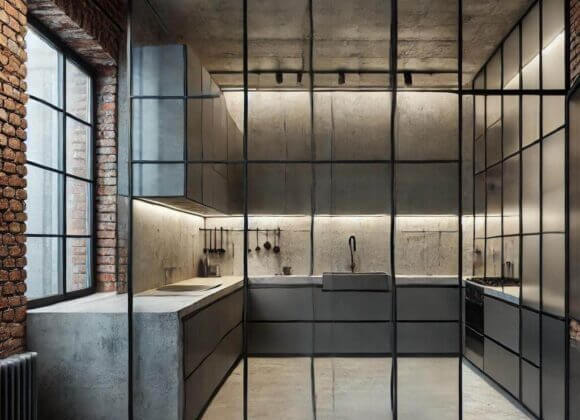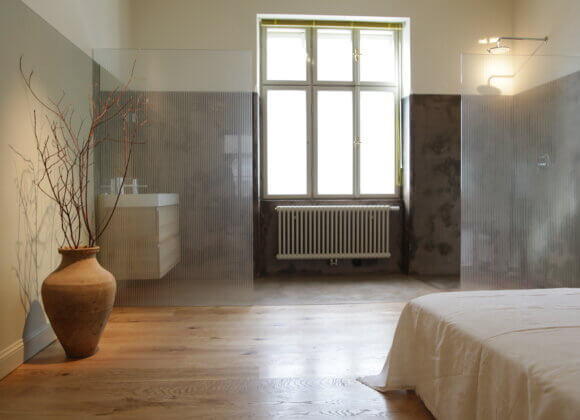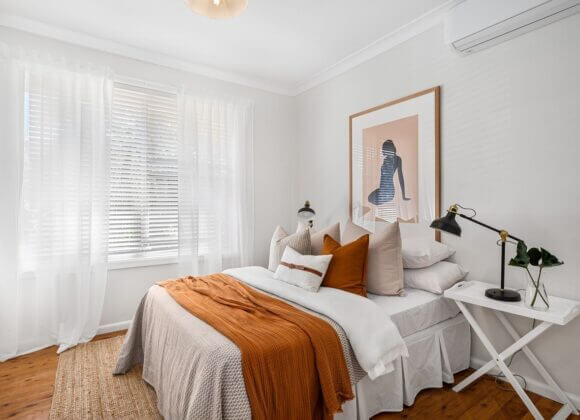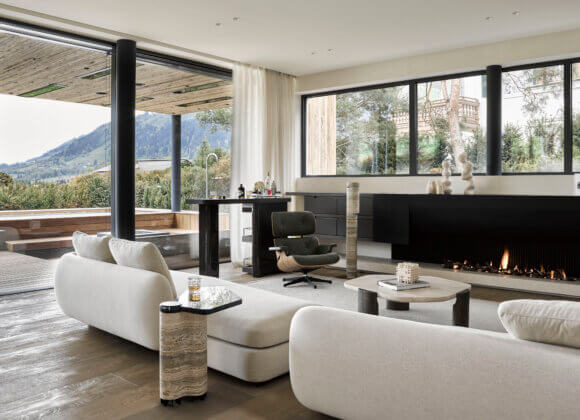Knocking heels from upstairs, loud conversations with the neighbors next door, the mixer in the kitchen above the bedroom: noise in your own four walls can be a real nuisance. Anyone who believes that modern buildings are automatically soundproofed is mistaken – and there are also big differences in older buildings. Susanna Franner runs a traditional family business in Vienna that has specialized in soundproofing solutions for decades. In this interview, the expert explains the difference between soundproofing and sound insulation, how to recognize problematic building structures – and what really helps when you want peace and quiet.
Ms. Franner, what does sound insulation actually mean – and how does it differ from soundproofing?
The term “sound insulation” is often used as an umbrella term – it is actually a little imprecise. We differentiate between sound insulation and room acoustics. When it comes to improving room acoustics, such as reverberation in a large meeting room, we work with lightweight materials such as foam absorbers or acoustic sails. This has nothing to do with insulation. Sound insulation, on the other hand, means protection against noise from outside – for example through a wall or ceiling. And this always requires one thing: mass and weight.
Are there other distinctions within sound insulation?
Yes, a distinction is made between transmission sound or airborne sound, impact sound and structure-borne sound. Transmitted sound or airborne sound is what you hear through walls – conversations, the television, for example. Impact sound comes from above, below or from the side when someone walks across the floor. And structure-borne sound occurs, for example, when a kitchen is mounted directly against a bedroom wall and you can hear the clattering or hissing in the wall when you turn on the tap.
What role does the year of construction of a house play in sound insulation?
A big one! In old buildings – especially from the turn of the century or the 1960s – poor or improvised materials were often used. Partition walls were sometimes built with leftover bricks, air chambers or randomly filled rubble. You can sometimes hear every word your neighbor says without raising your voice.
And if I want to buy an apartment – how can I tell if it is well insulated?
In short: not at all. One visit in the morning is not enough. I recommend visiting several times at different times of the day, for example in the evening or at the weekend. During Corona, many people have suddenly realized what kind of background noise actually surrounds them – especially when working from home.
Is it difficult to retrofit sound insulation?
Depends on the building fabric. There are legal minimum heights for new buildings – room heights must not be less than 2.50 meters. Suspended ceilings are not an option here. There is often more leeway in old buildings. We analyze the construction – whether it’s a suspended ceiling, knotted mullion ceiling or dipple beam ceiling – and then plan specifically. The aim is always the same: the ceiling must not be connected to the existing building fabric so that sound is not transmitted.
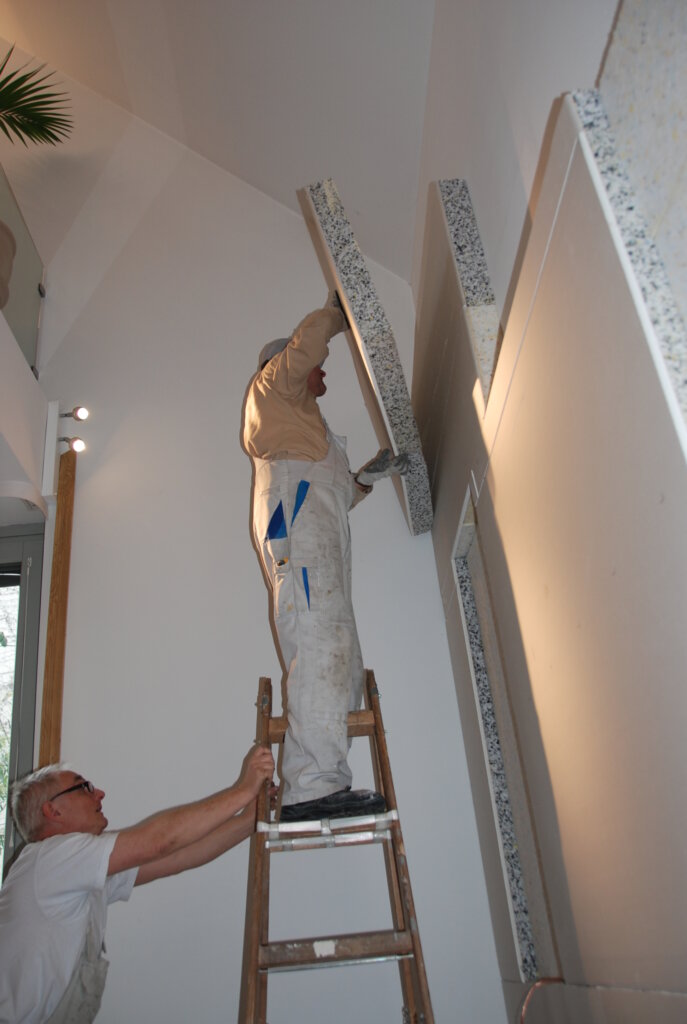
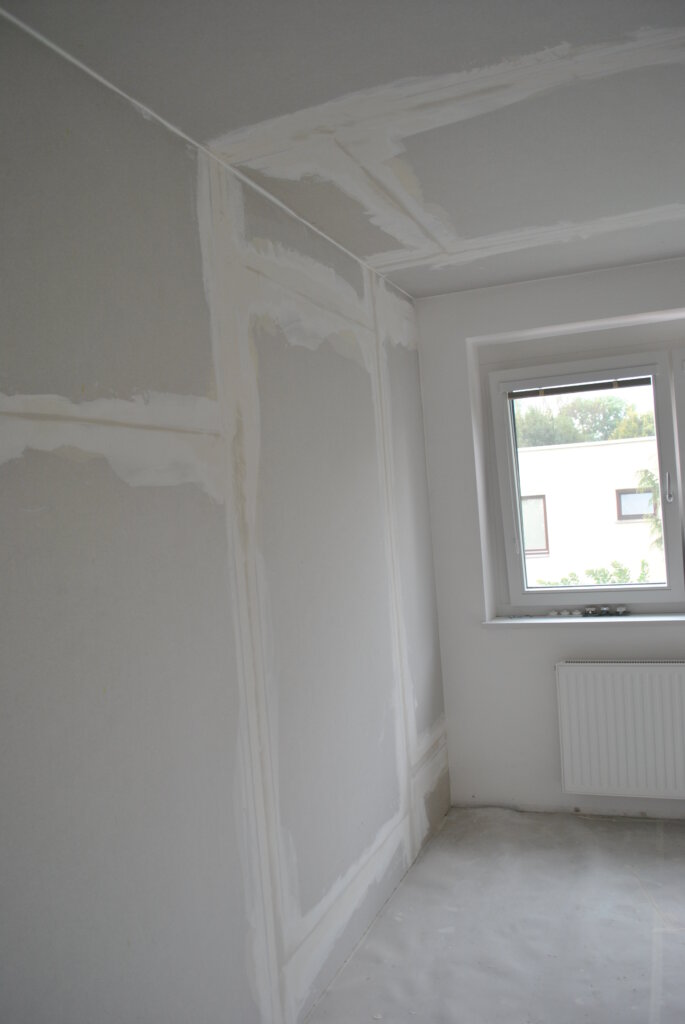
What do you actually do if there is a footfall noise problem?
The first step is to check the structure of the existing ceiling. In the case of cavities – for example, in streetcar ceilings – we blow in cellulose. This is followed by an elastically supported second ceiling, which is also filled. This is how we achieve significant improvements: A reduction of 17-18 decibels in the low frequency range (below 100 Hz) is possible. To put this into perspective: 10 dB is regarded as halving the noise. You can also view measurement curves on our homepage.
Are there common mistakes with homemade sound insulation?
Oh yes. Many people build suspended ceilings, but leave the cavity in between empty – it acts like a resonance chamber, similar to a guitar. This actually amplifies the noise. Even if you screw into the old ceiling, you reconnect the construction – and get the impact sound back. This is rarely done properly.
What materials do you use?
We work with cellulose and high-quality rock wool panels, depending on the requirements. Mineral wool is often used because it is cheap – but it is of little use because it is intended more for thermal insulation. What counts for sound insulation: The heavier the material, the better.
And what about the walls?
In the case of through-wall noise – i.e. when you can hear your neighbor talking – facing formwork can help. Depending on the noise problem, these are placed in front of the wall in a bonding system or free-standing. If the problem with the wall is not only airborne noise but also structure-borne noise, then free-standing facing formwork is installed in front of the wall. The bonding system is only used for airborne sound problems. We have been using this system since the 1980s. We use special composite insulation boards with two layers of plasterboard. This system is also possible to build yourself – including instructions and adhesive, all available from us.
How much does such a soundproofing measure cost?
This depends heavily on the case. Do-it-yourself wall insulation starts at around 70 to 100 euros per square meter. If we do the work ourselves, it’s around 250 euros per square meter. Paradoxically, you often need less material for poor building fabric than for stable walls. It is important to analyze the situation carefully.
Is the problem still present in new buildings?
Unfortunately, yes. Especially with modern calibrated vertically perforated bricks that are bonded with adhesive – there are often complaints. The systems are good for thermal insulation, but bad for sound insulation. In some cases, we have found that our bonding system even has a counterproductive effect – in these cases, we use a free-standing wall instead of bonding.

“Franner Lärmschutz” Managing Director Susanna Franner and her team have been working in the field of noise insulation since 1989. The Viennese family business was founded in 1964 and is considered a specialist in noise protection measures.
Related posts:
Living and noise: How to ensure more peace and quiet structurally


